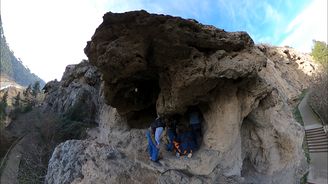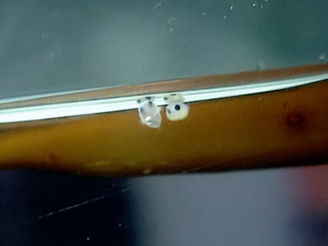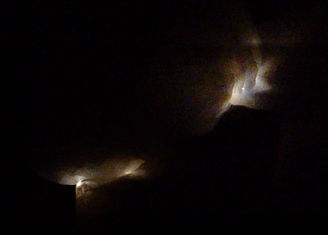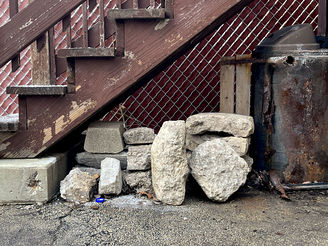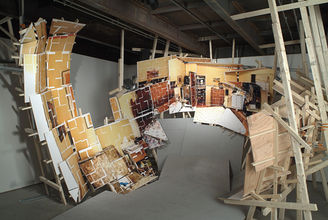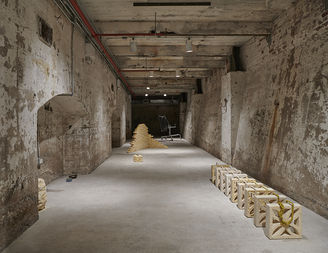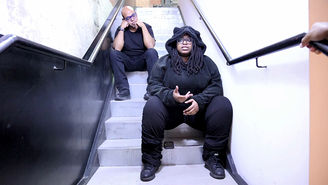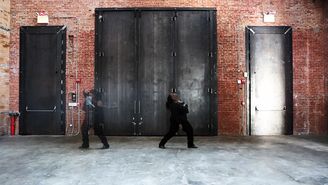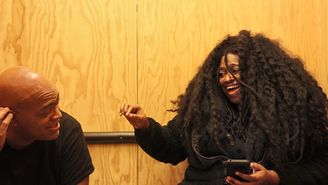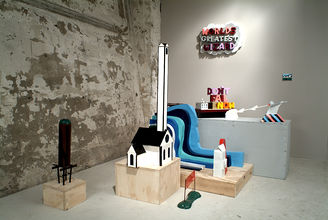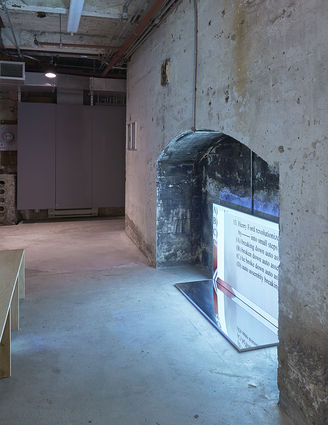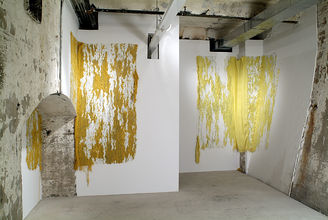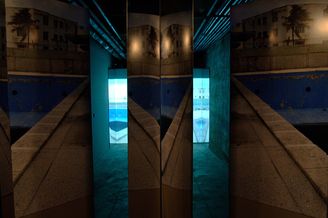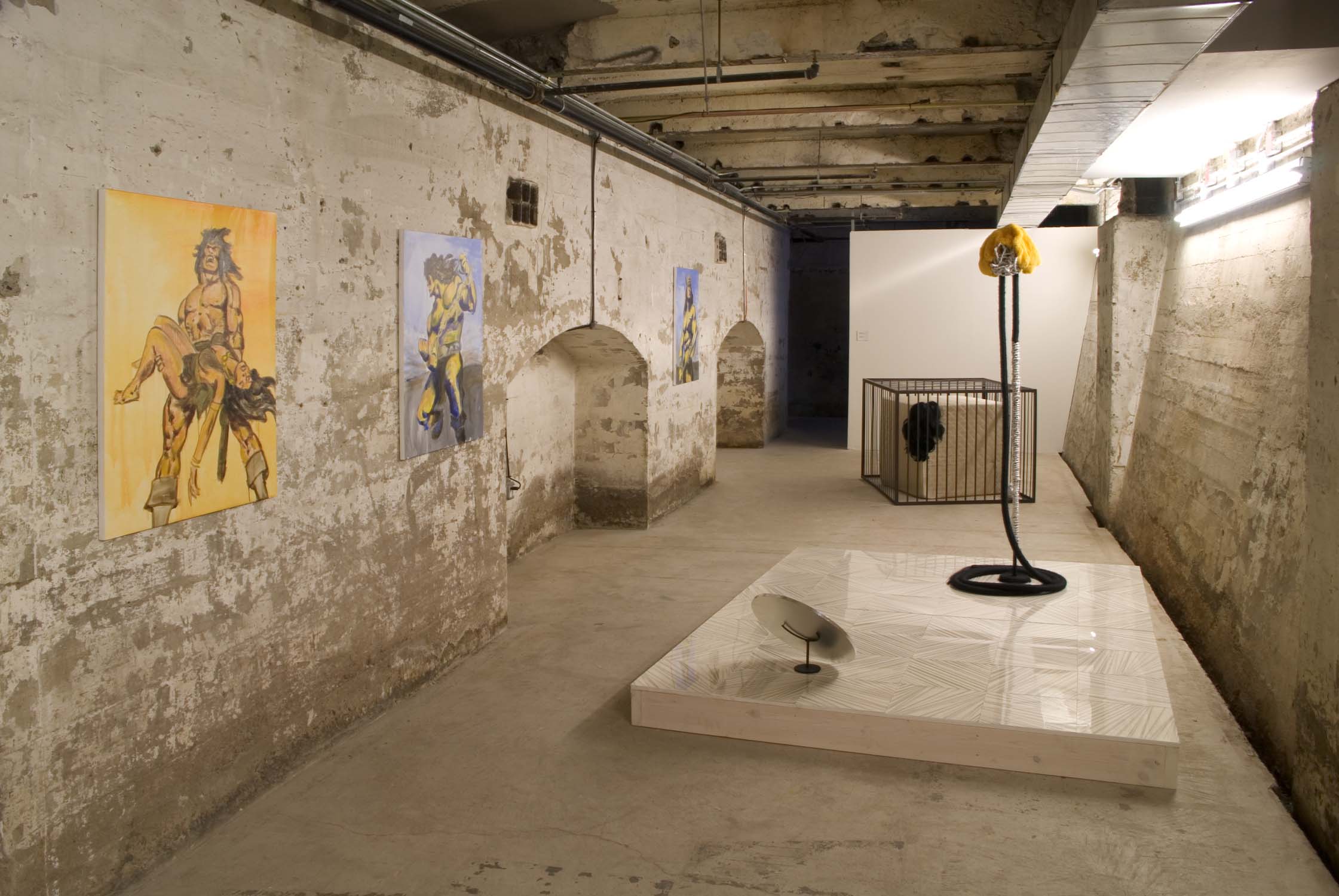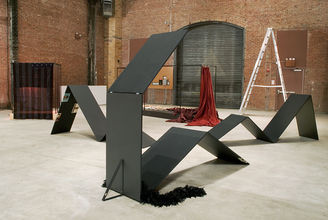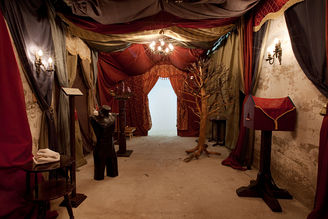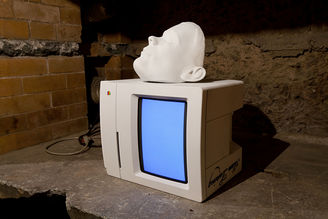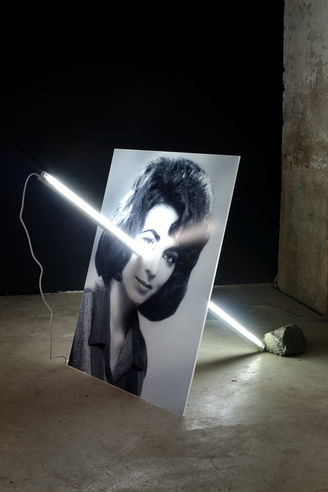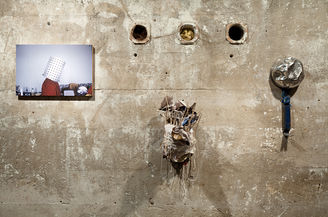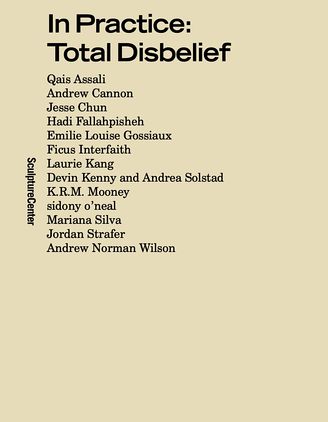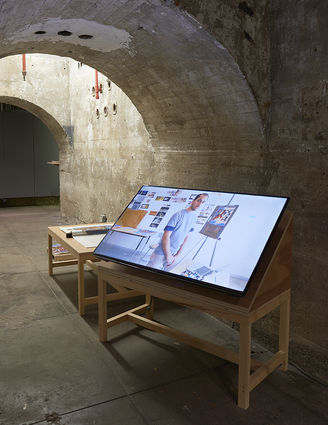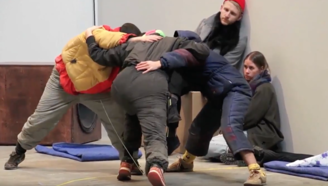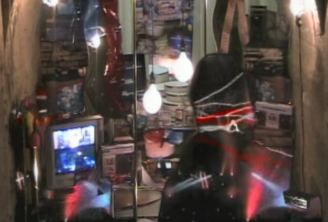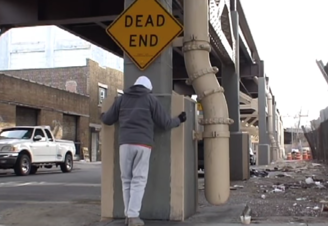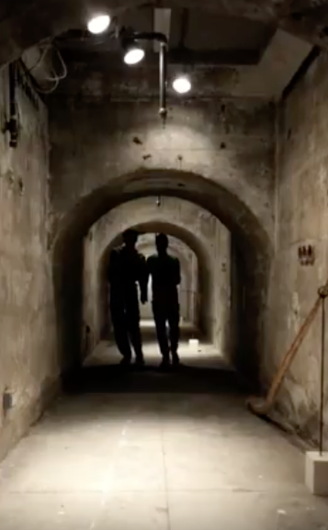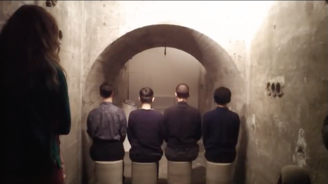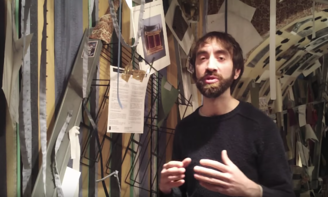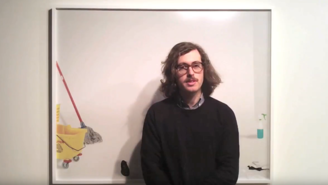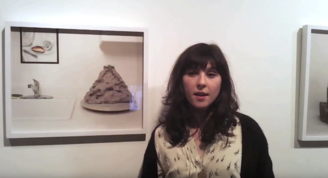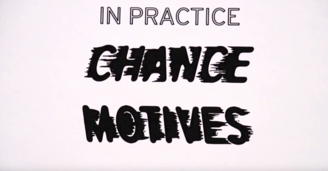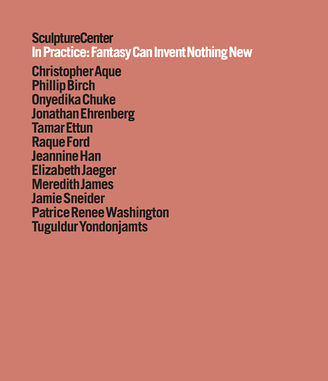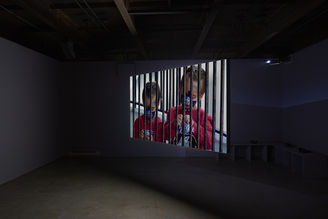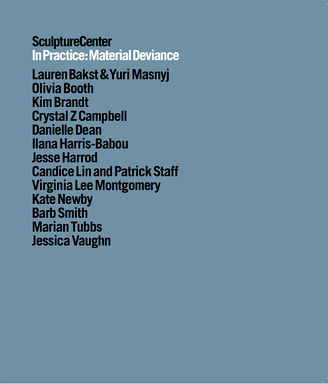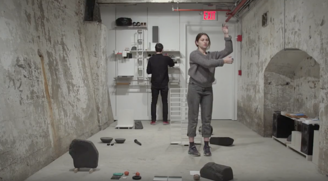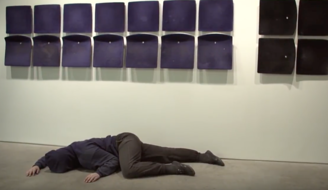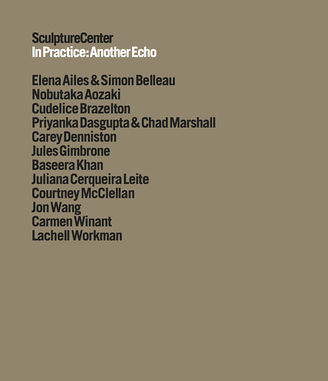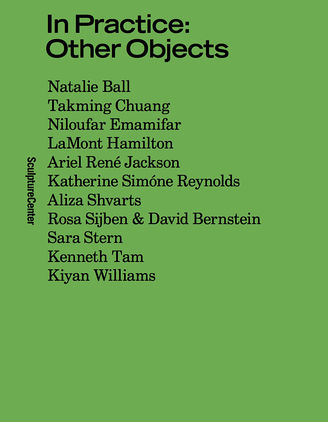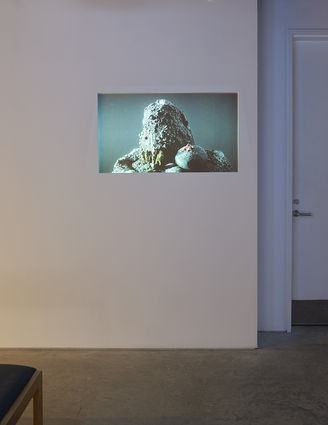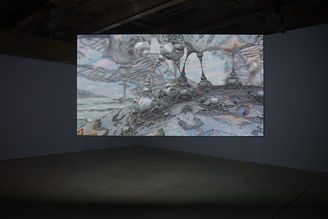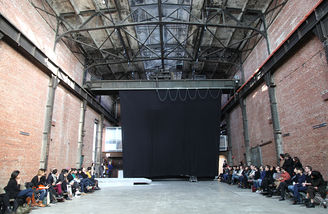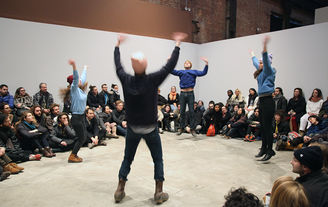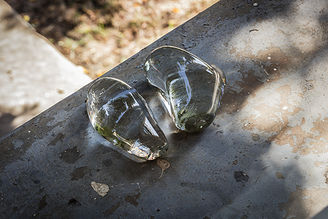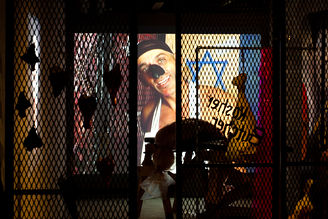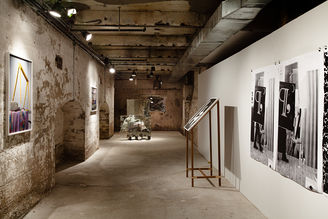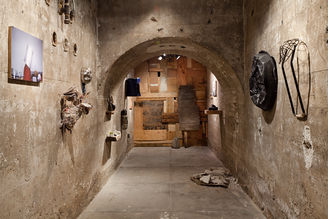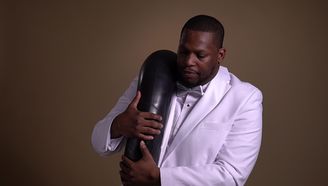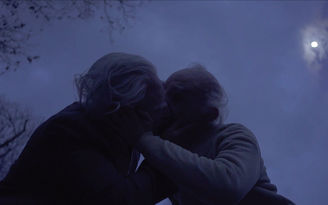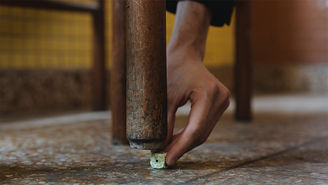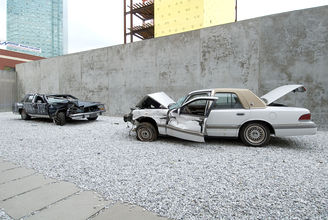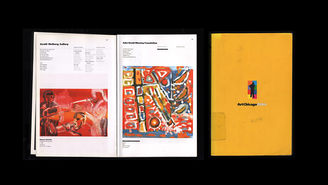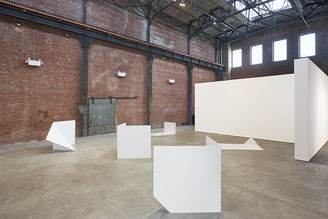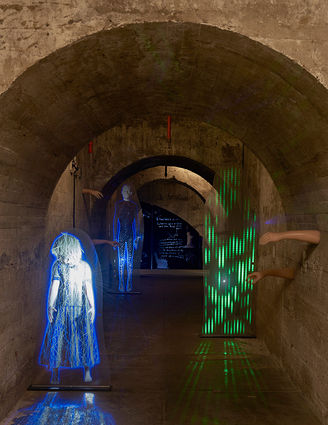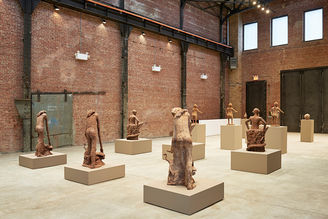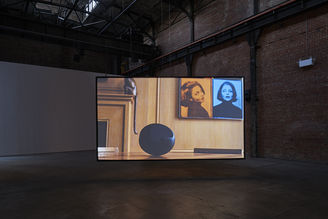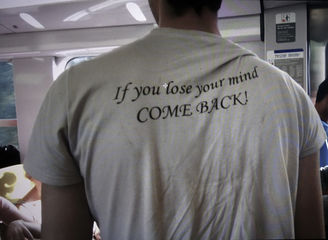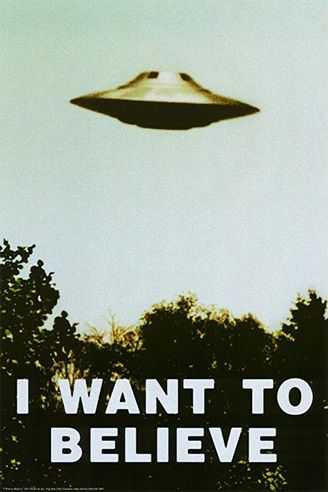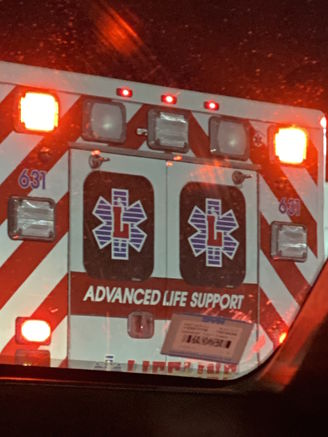In Practice: Salim Green
In Practice: Salim GreenJun 30–Aug 7, 2023
- Images
- Text
- Events
- Sponsors
- Related
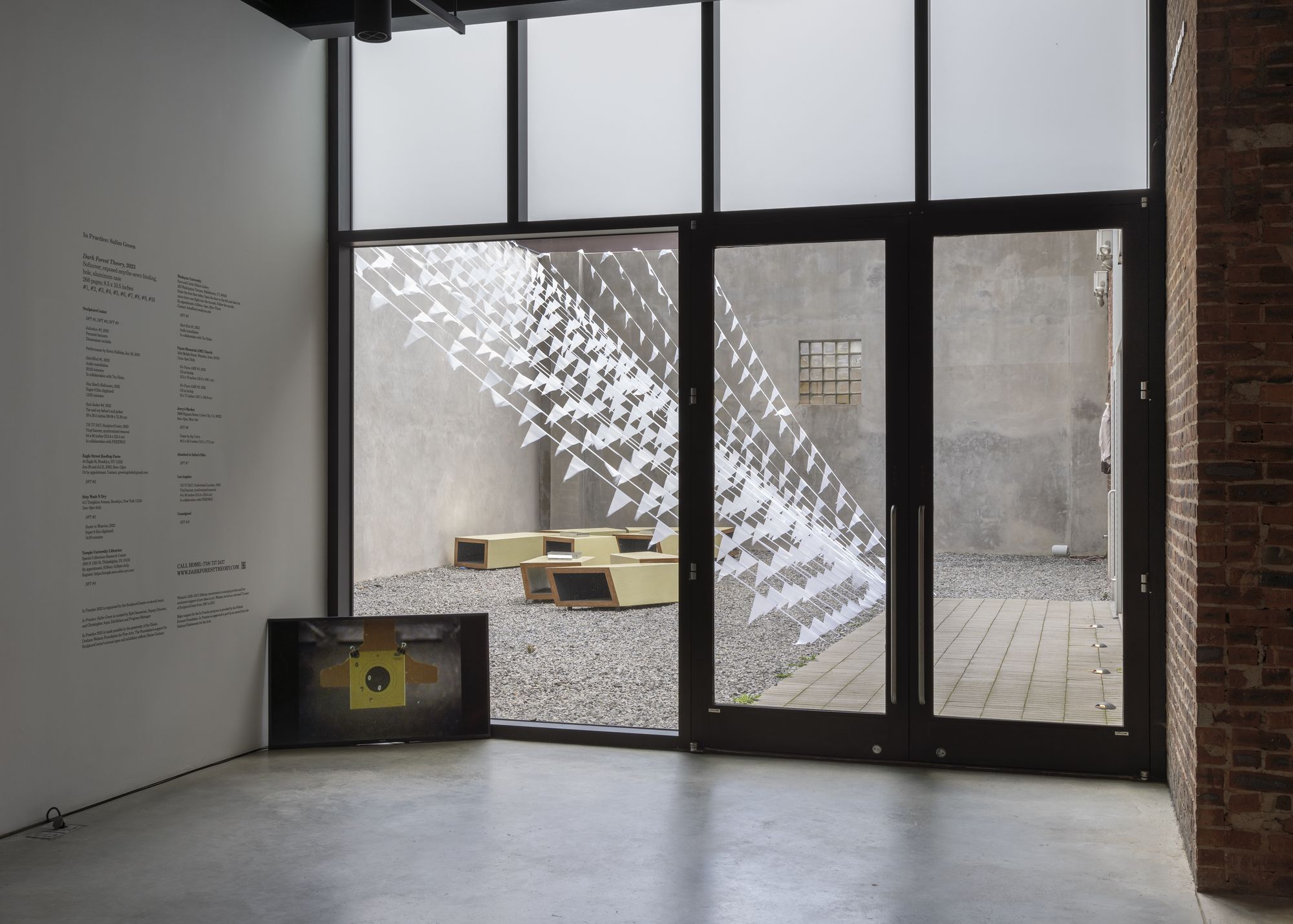
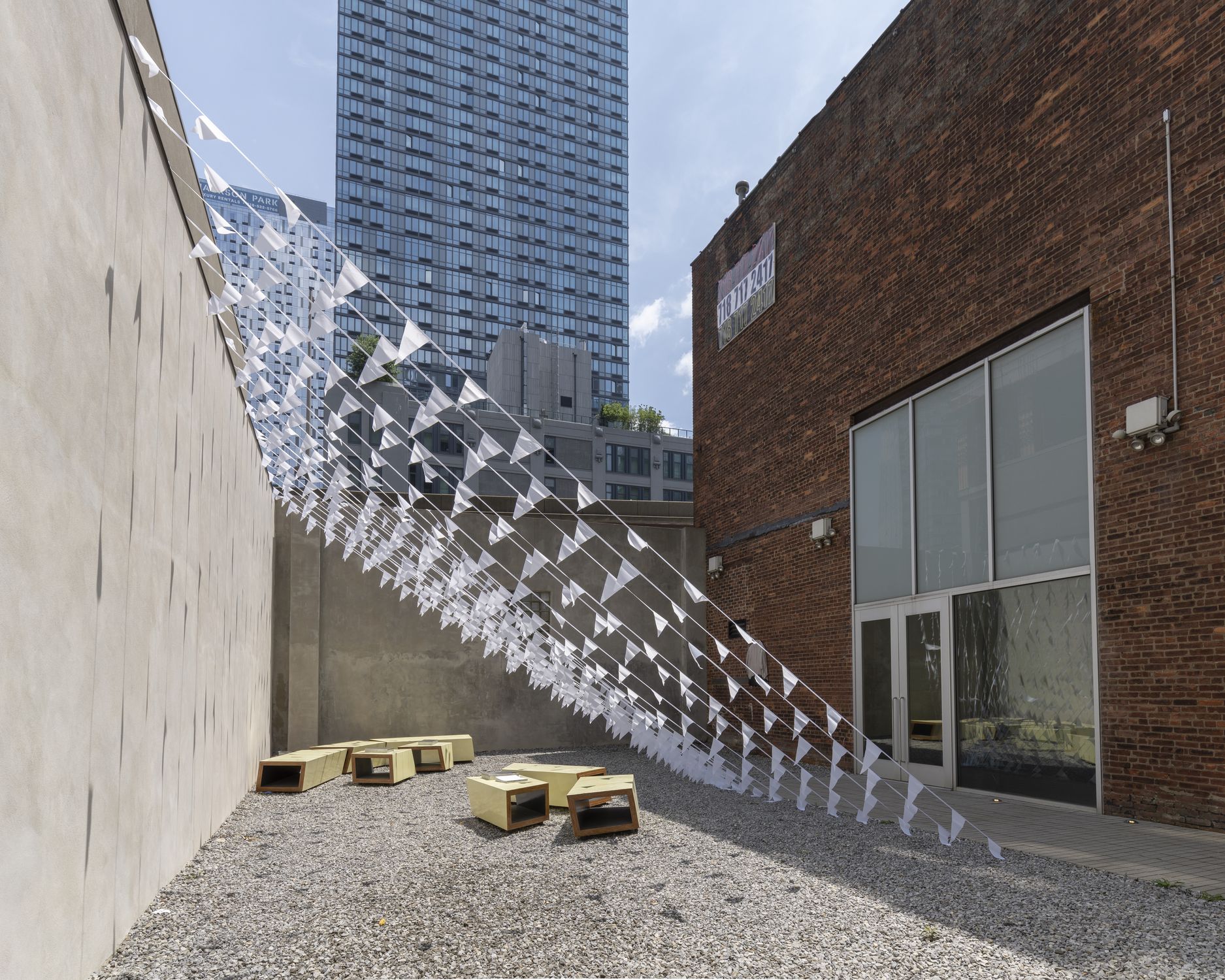
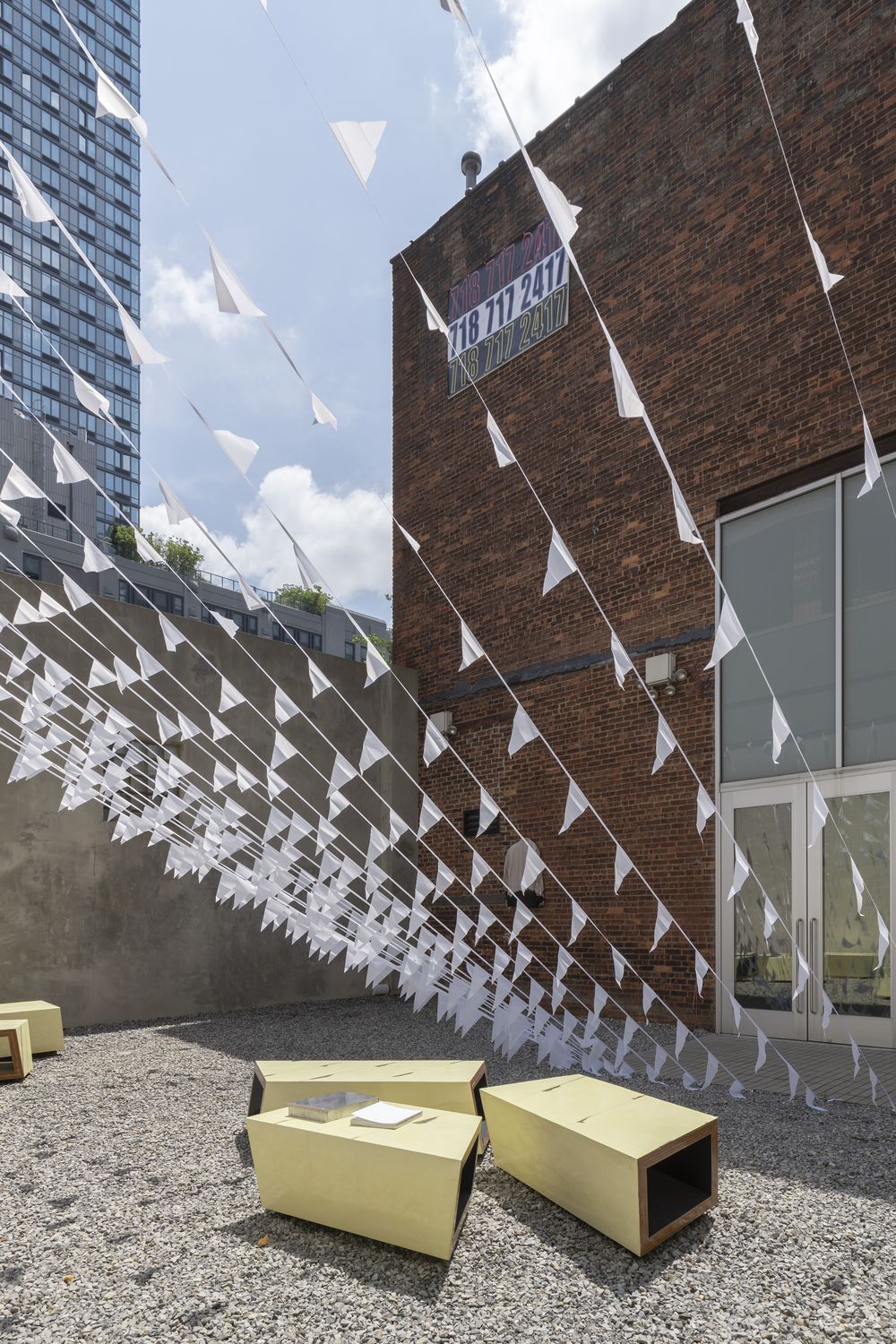
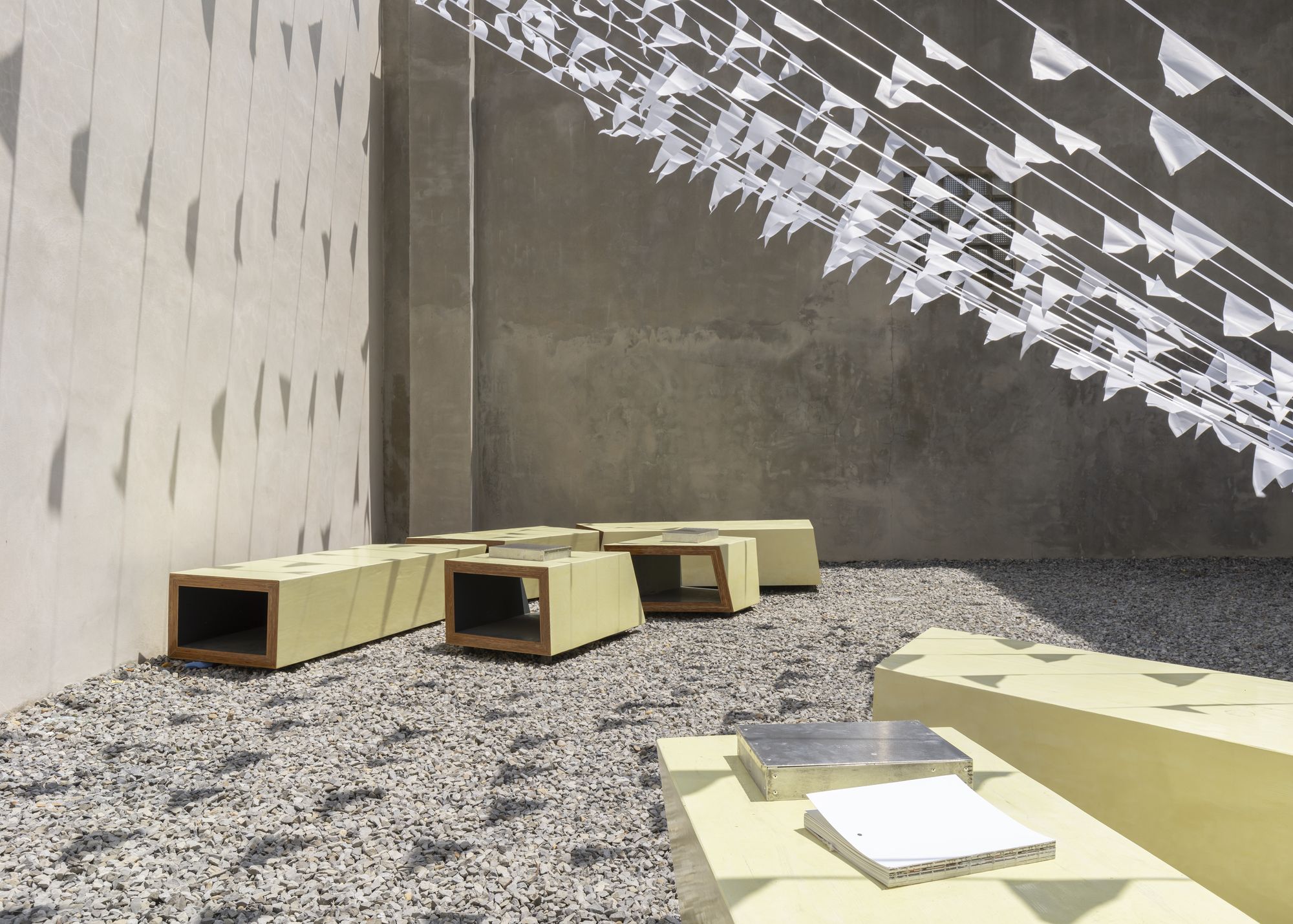
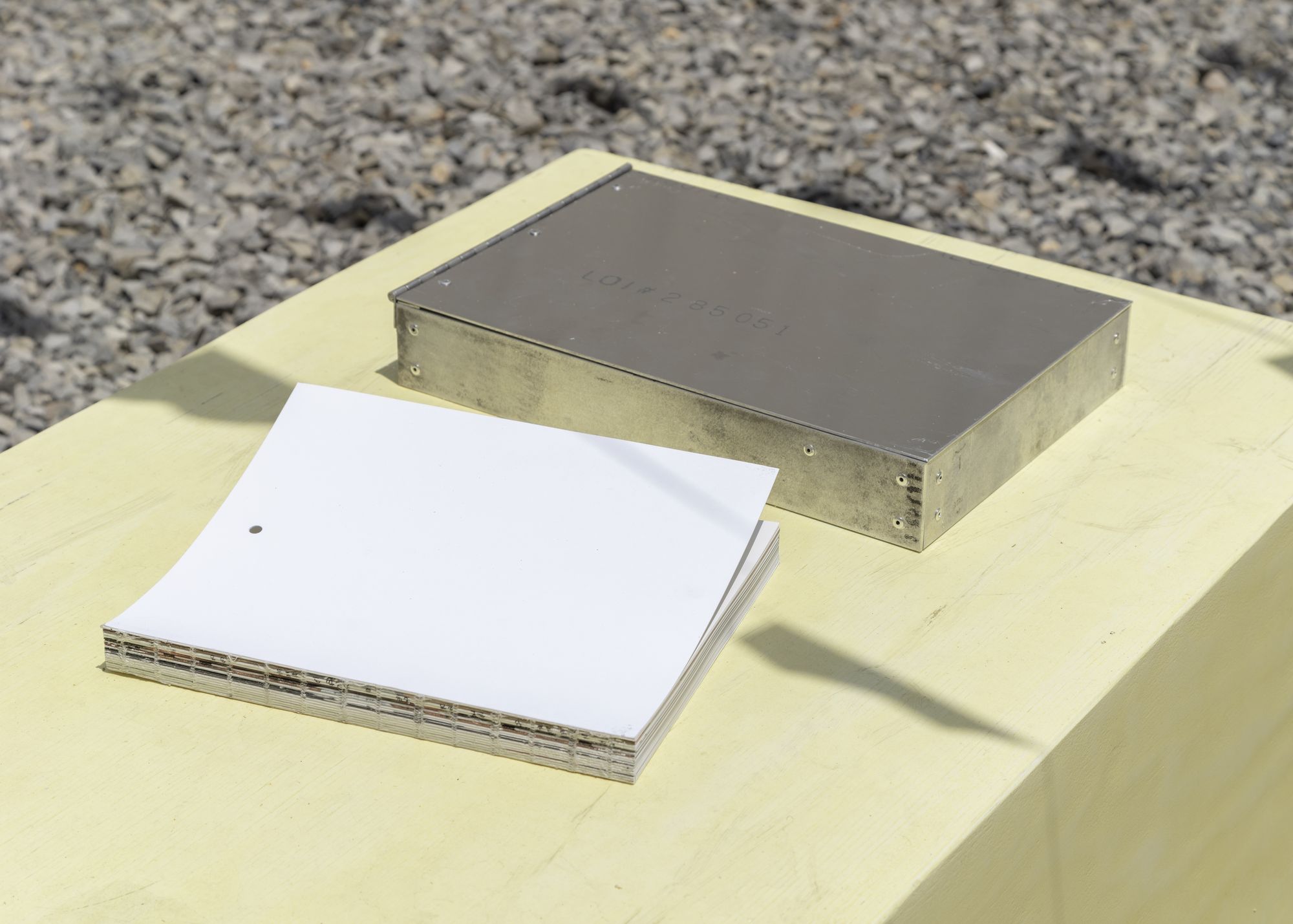
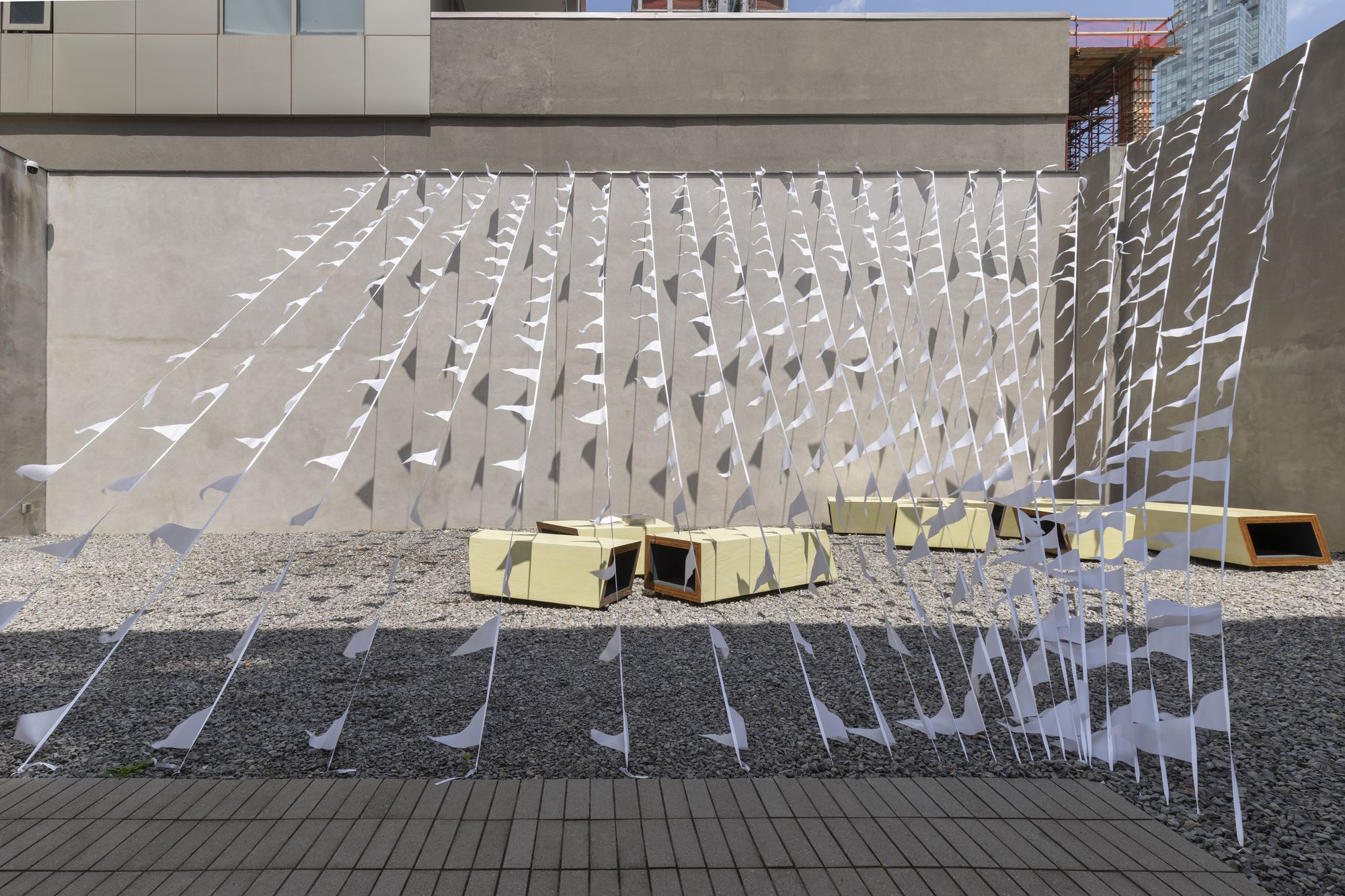
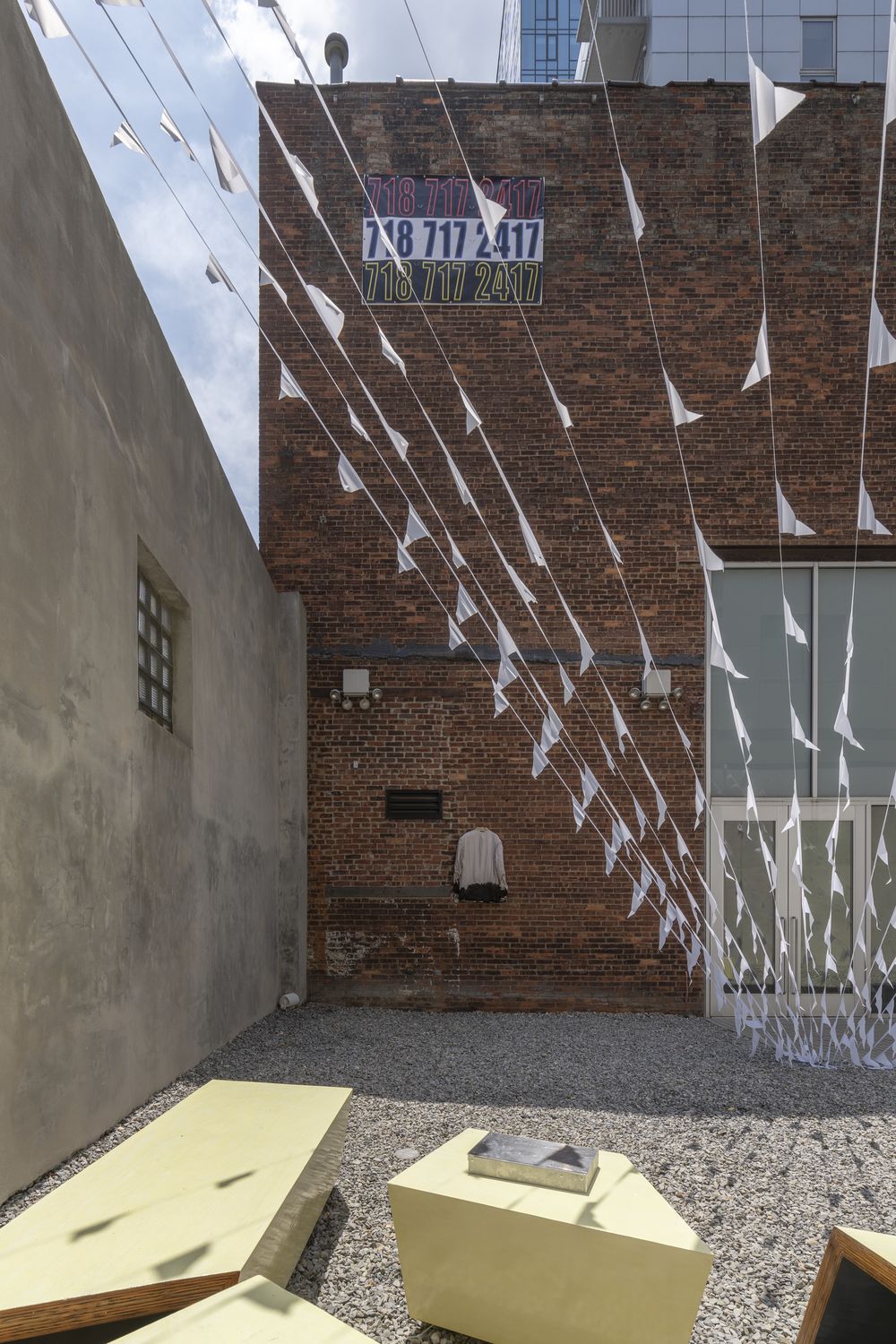
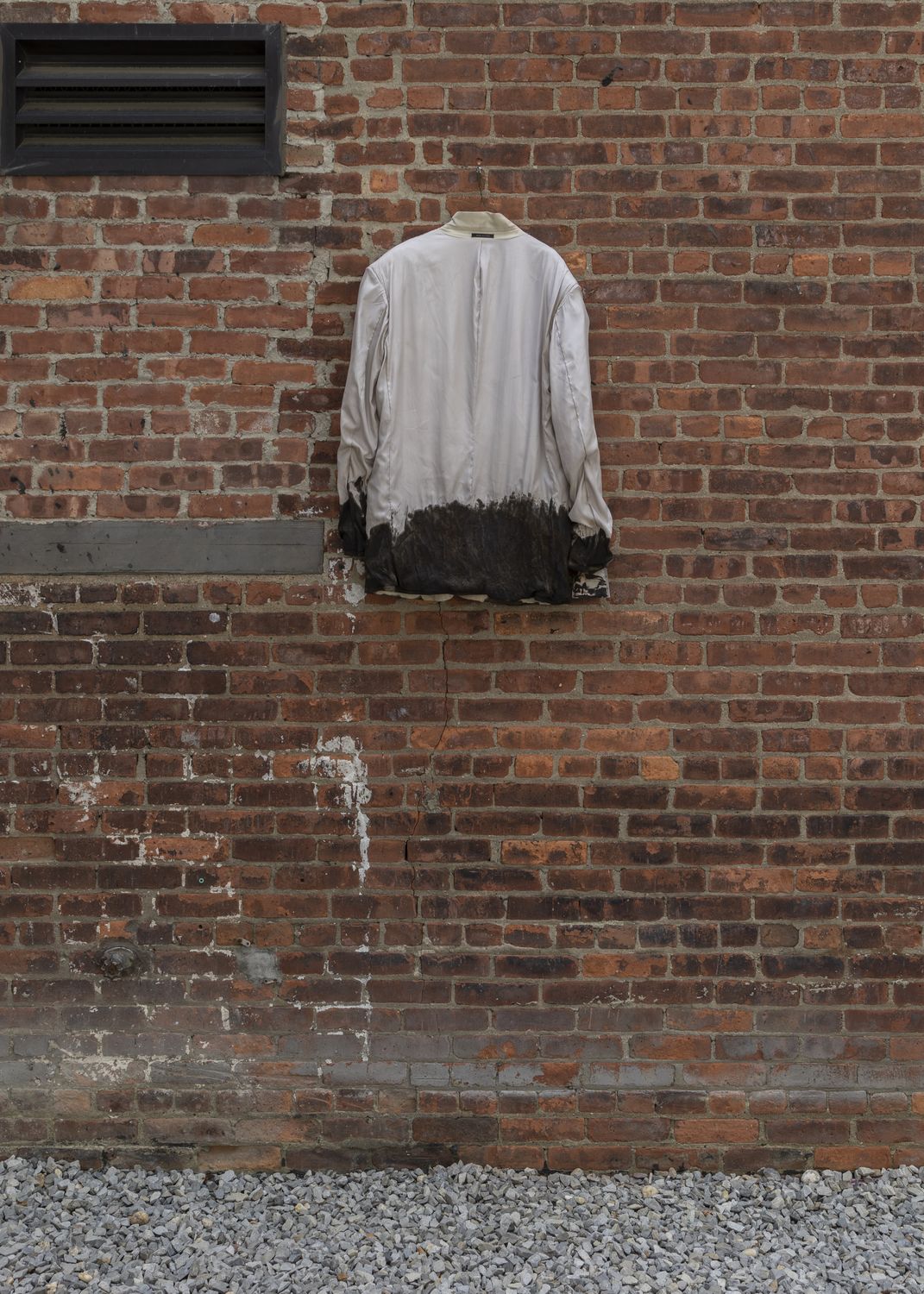
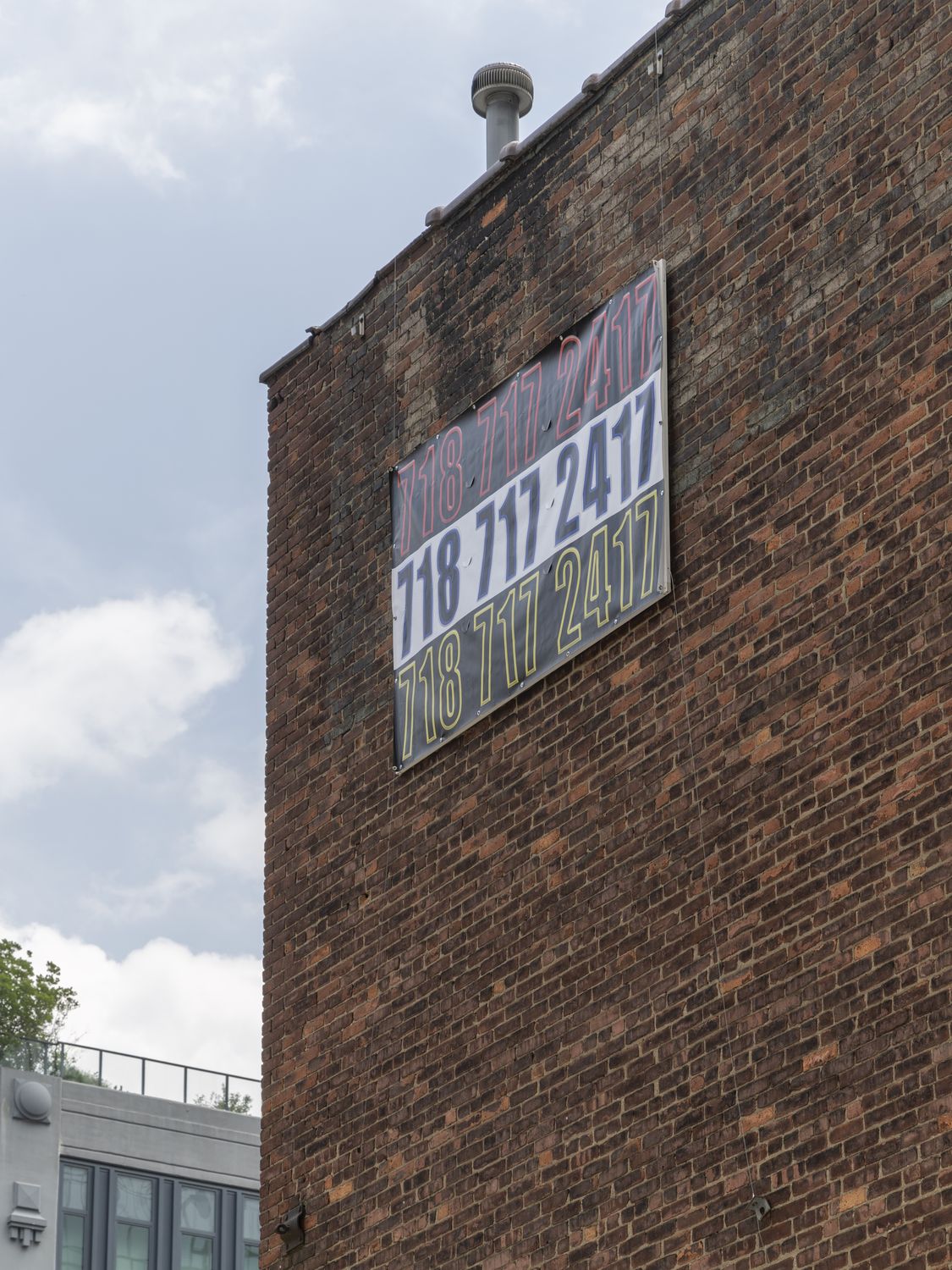
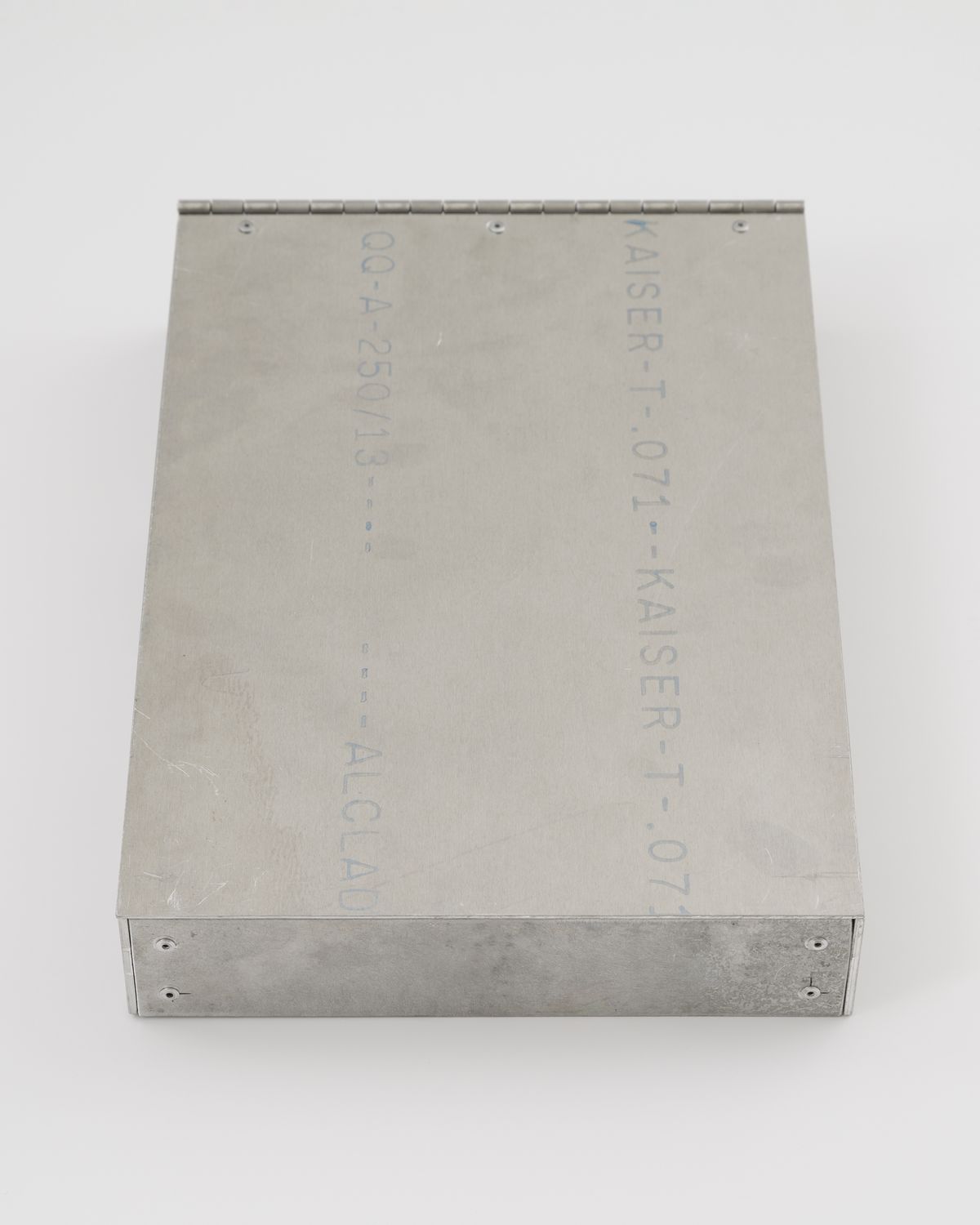
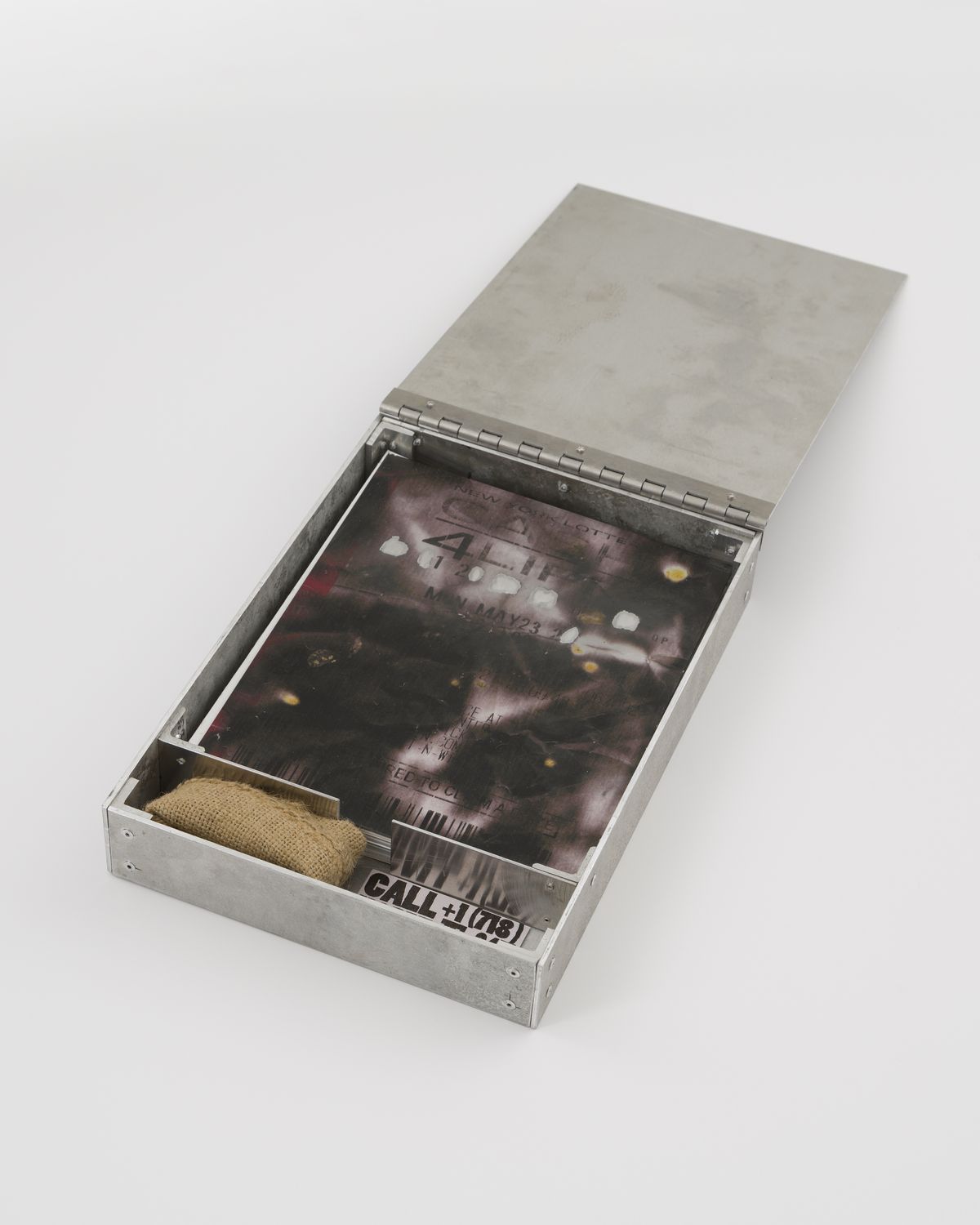
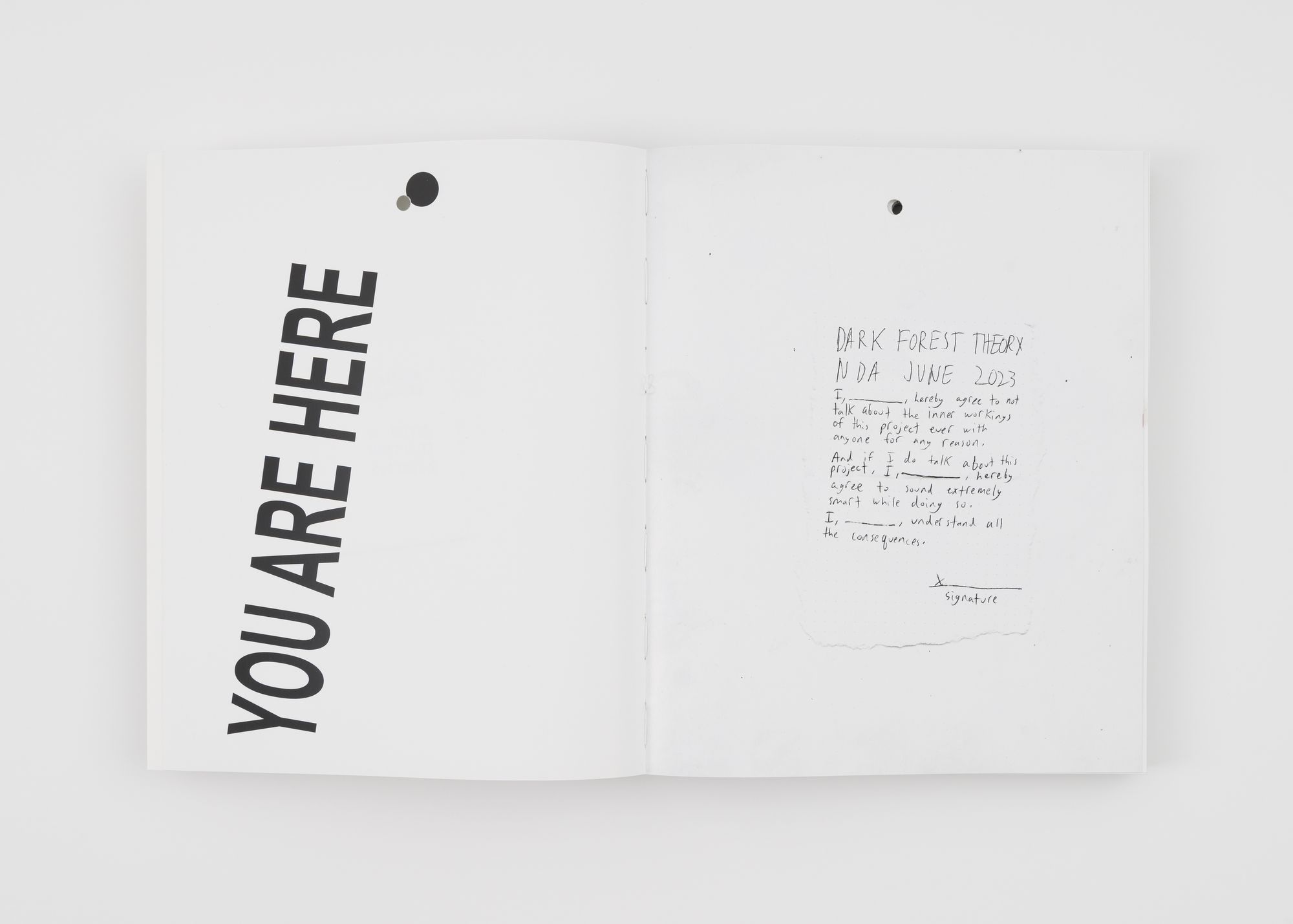
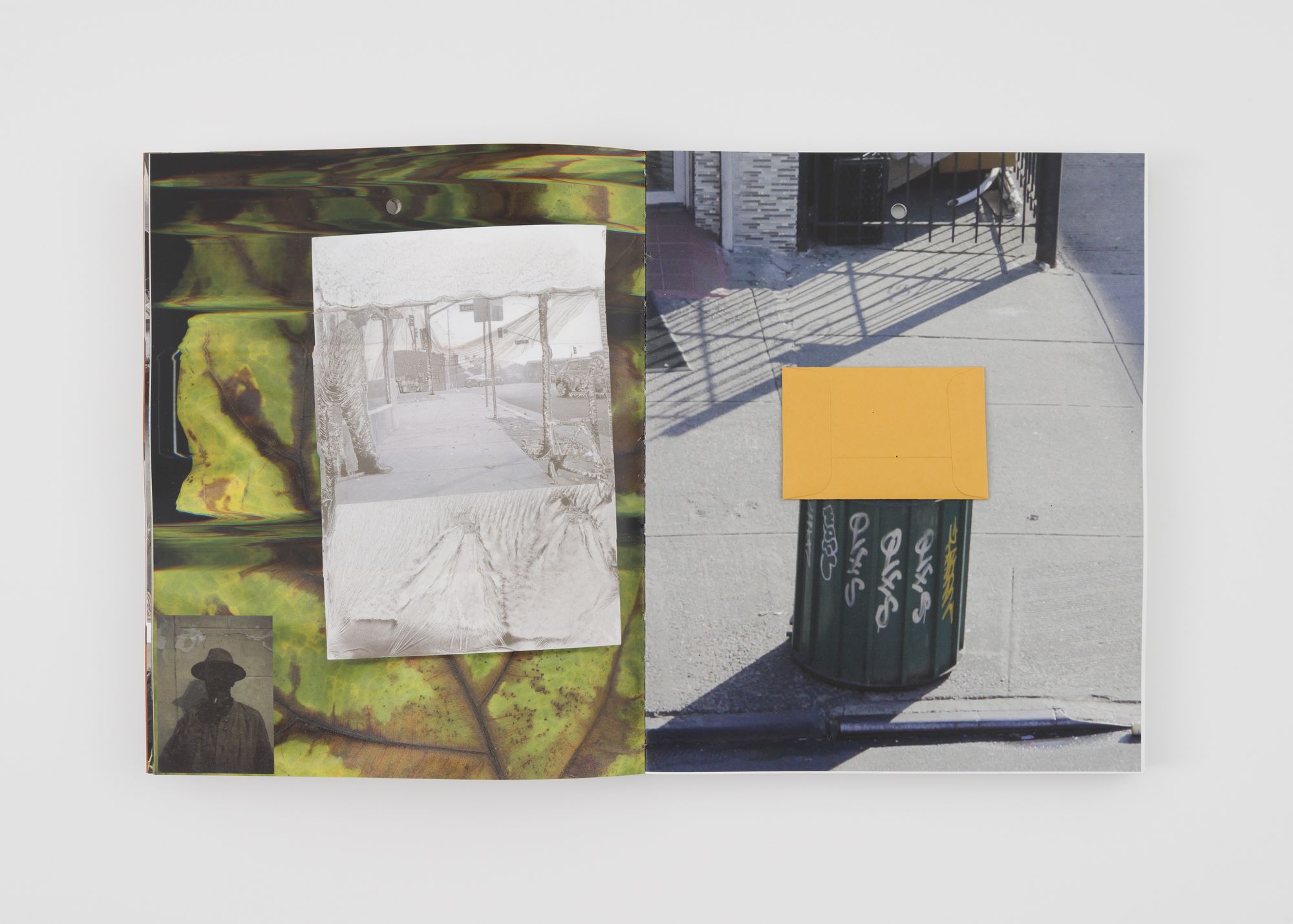
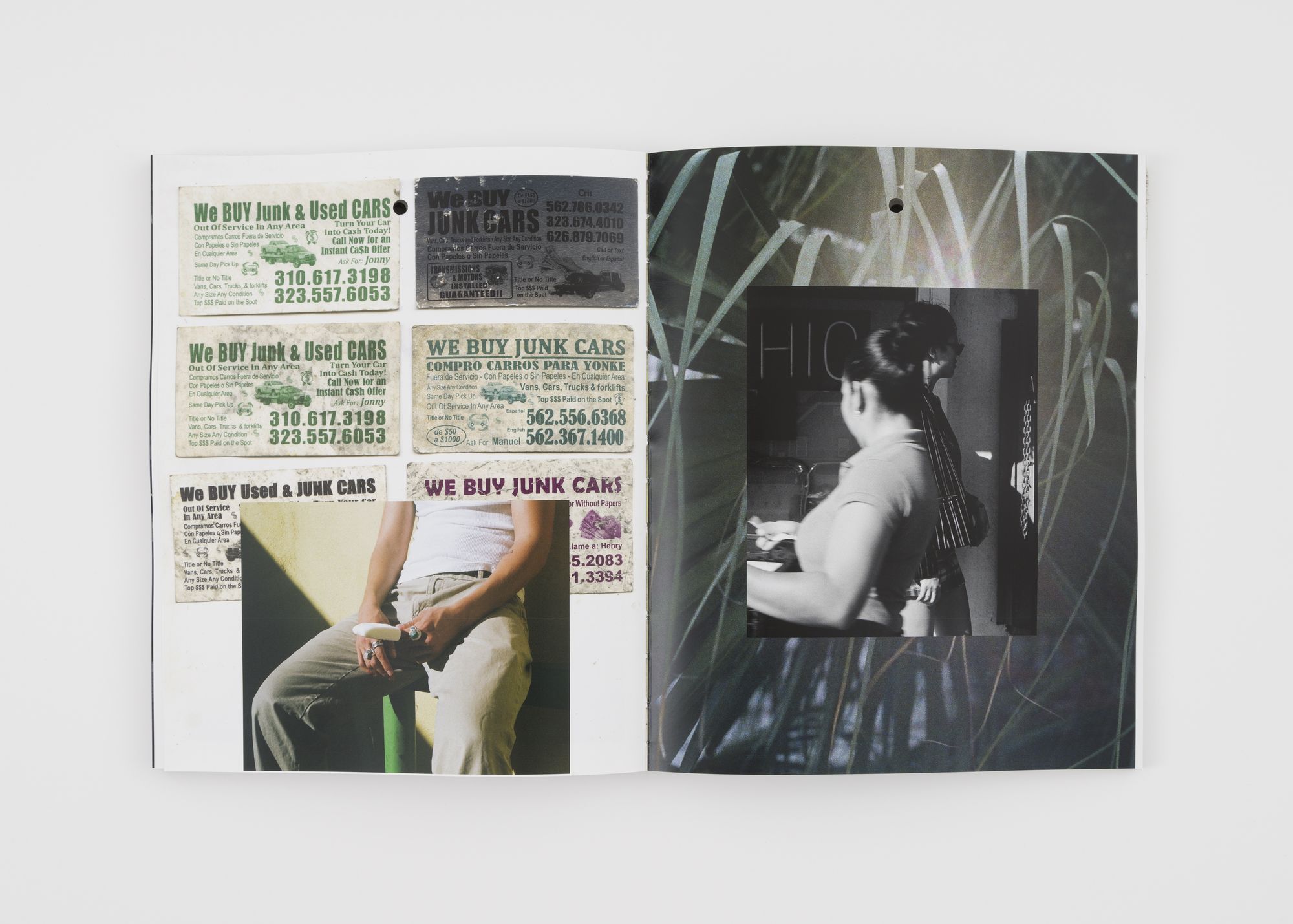
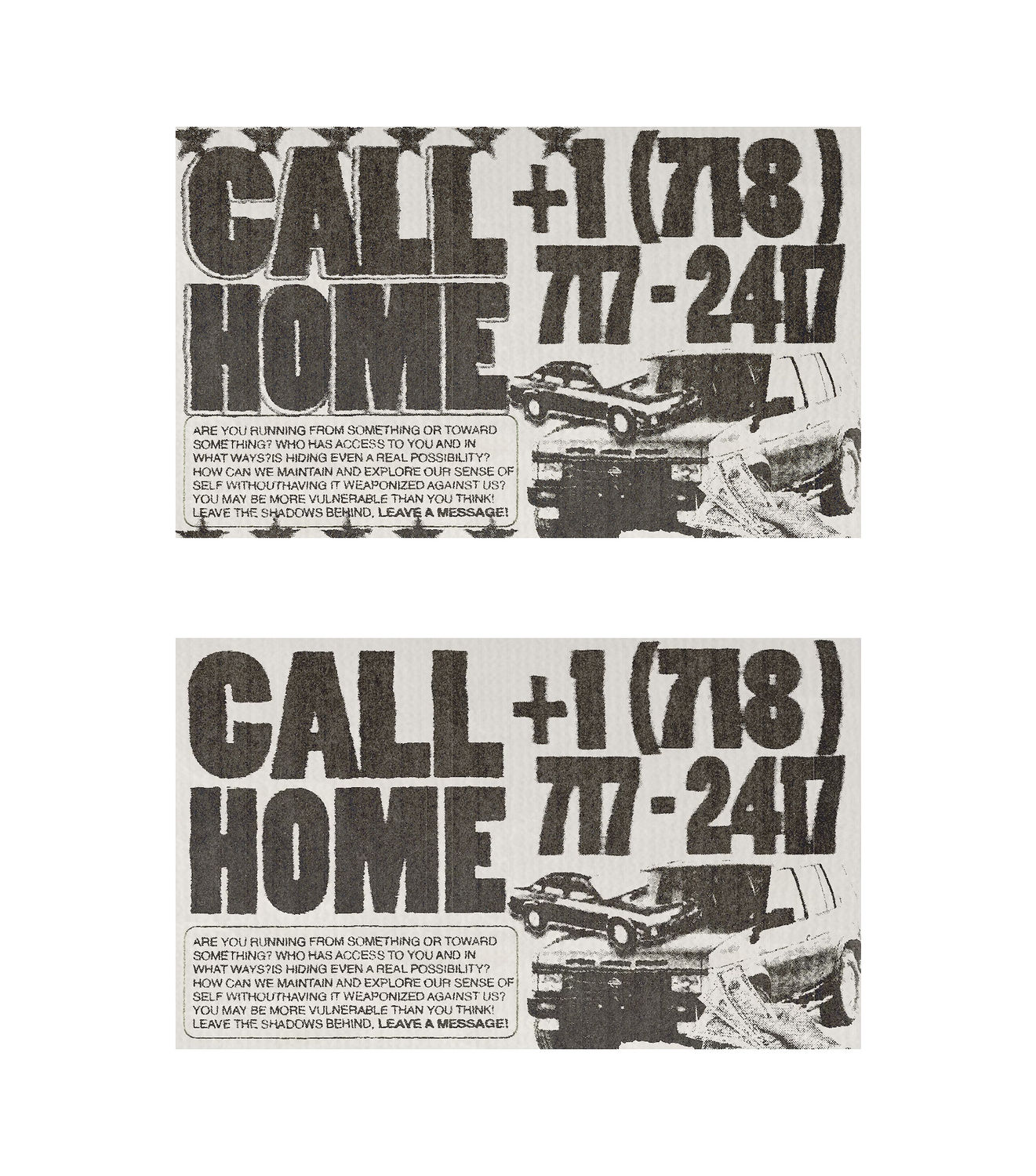
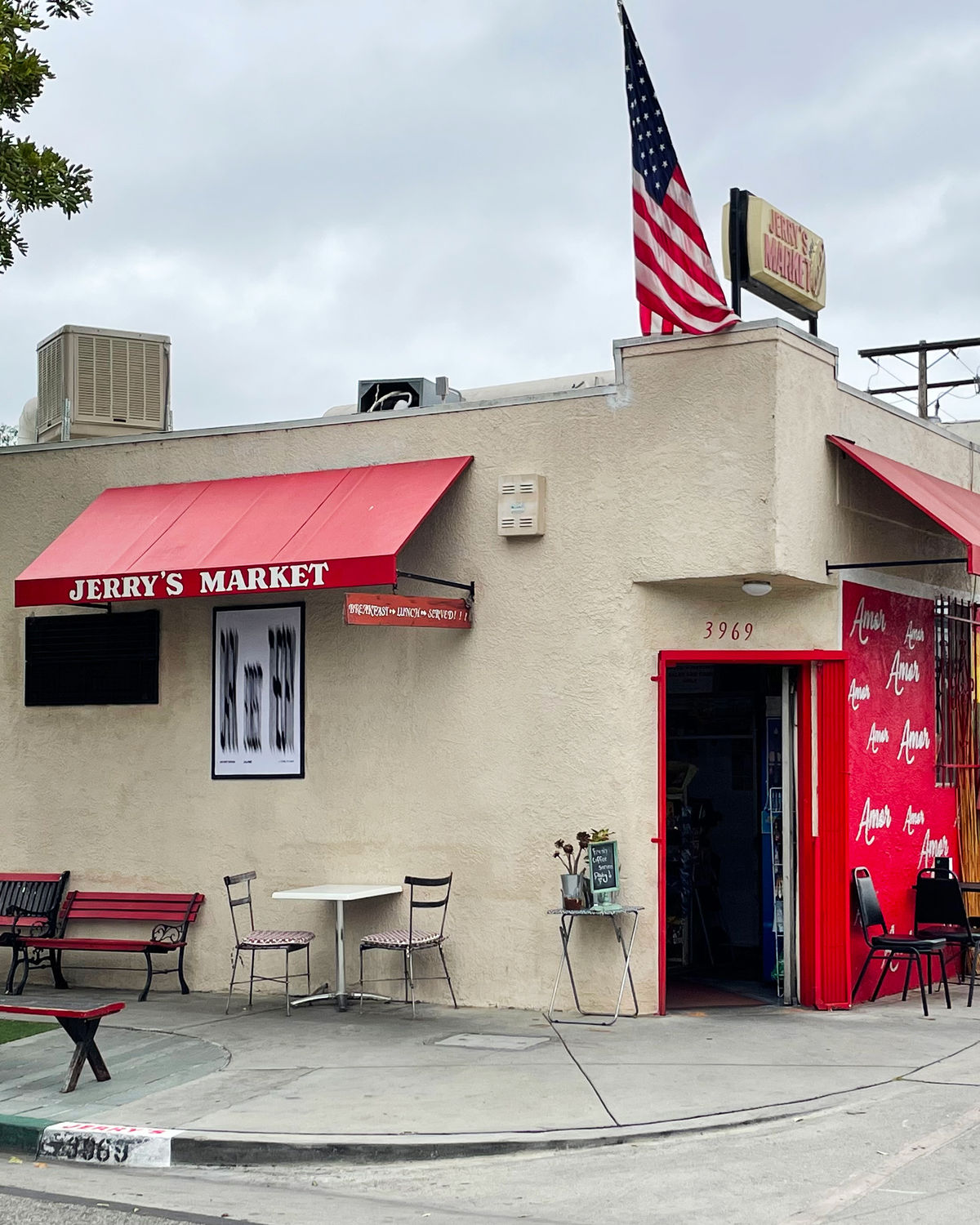
Installation view, In Practice: Salim Green, SculptureCenter, New York, 2023. Courtesy the artist. Photo: Charles Benton
Imagine Salim Green’s artworks as a collection of nodes scattered across the United States quietly pinging each other. One lights up in New York; another responds in Los Angeles or Iowa. They signal affinities and connect at frequencies that don’t get picked up, or can’t totally be read, by those who might be listening in. One can imagine Green’s array of materials and locations plotted on a map or in a list, but it may be better to think of the project as a spread-out repository of interconnected information, always accessed incompletely and discreetly, but indicative of a larger consciousness or discourse in development below the radar.
Central to Green’s work is an engagement with “Dark Forest Theory,” a speculative idea that interplanetary civilizations hide from each other for self-preservation in order to prevent open conflict for resources. The theory assumes that extraterrestrials are out there, and tries to explain why they haven’t revealed themselves to Earth yet. Using this concept as a model for relational politics and for Black experience, Green’s work assumes the metaphorical position of hiding—from surveillance, from the anxieties of others, from attempted domination, from the state, from overreaching publicity and visibility. His art is a meta-commentary on working methods, but also takes those conditions and circumstances as its content, asking what artistic media, forms, images, and interventions should be used to talk about hiding out, or about partial disclosure.
Green’s project starts from the model of a book (a form that can compile, contain, sequence, and collage disparate elements) and expands to include sites, people, sculpture, painting, video, audio, business cards, banners, and websites, all linked. In collaboration with many other semi-anonymous contributors, he has primarily produced a wealth of literary and artistic material to consider in Dark Forest Theory, an artist book in an edition of 10, each encased in an aluminum box, that synthesizes imagery and texts. It includes emails with other artists about the implications of Dark Forest Theory, an essay entitled “The Loophole of Critique: Provisional Notes on Black Evasion,” among many other entries, photo collages, and writings. At SculptureCenter, the book is paired with a video work addressing family and violence, an outdoor installation of white pennant banners that serve both as a canopy and a means of visual interference within SculptureCenter’s courtyard, vinyl signage, and a soundscape composed with Teo Halm and in collaboration with a host of participants including friends, family, and the Newark Boys Chorus School.
The project also exists elsewhere, in combinations of works that sometimes include a copy of the publication and sometimes do not. Green’s selected locations necessitate different means of access, some by interfacing formally with higher education institutions (places of instruction feature somewhat prominently on Green’s map), others by 3 visiting a laundromat or a rooftop farm, or incidentally finding a poster in a deli in Los Angeles. Moving across media and formats, Green makes artworks that find their homes in different contexts: in May, he installed and donated two of his paintings to a church in Waterloo, Iowa, and earlier in June he started advertising a Dark Forest Theory call-in number (718 717 2417) with business cards on car windows.
Green’s work operates on an assumption that an exhibition or a display of art cannot be read as a complete statement for a general audience. Instead, his project offers varied, hyper-contextual points of communication, asking viewers within and outside of art spaces to connect language to image, medium, and place, and to experience how “both hiding and evangelizing” (in the words of one anonymous contributor to the book) can produce public discourse. To pluck out or name fragments of the work is to give undue attention to single aspects of a big project—but the inevitability of a shifting focus, and what possibilities open up when focus shifts away, is part of the point.
WWW.DARKFORESTTHEORY.COM
In Practice 2023 is organized by SculptureCenter. Since 2003, SculptureCenter’s In Practice open call program has supported the production of new work by over 250 artists.
In Practice: Salim Green is curated by Kyle Dancewicz, Deputy Director and Christopher Aque, Exhibition and Program Manager.
Sponsors
In Practice 2023 is made possible by the generosity of the Elaine Graham Weitzen Foundation for Fine Arts. The Foundation’s support for SculptureCenter’s annual open call exhibition reflects Elaine Graham Weitzen’s (1920-2017) lifelong commitment to emerging artists and her exuberant support of new ideas in art. Weitzen served as a devoted Trustee of SculptureCenter from 1987 to 2017.
Major support for the In Practice program is provided by the Pollock-Krasner Foundation. In Practice is supported in part by an award from the National Endowment for the Arts.



